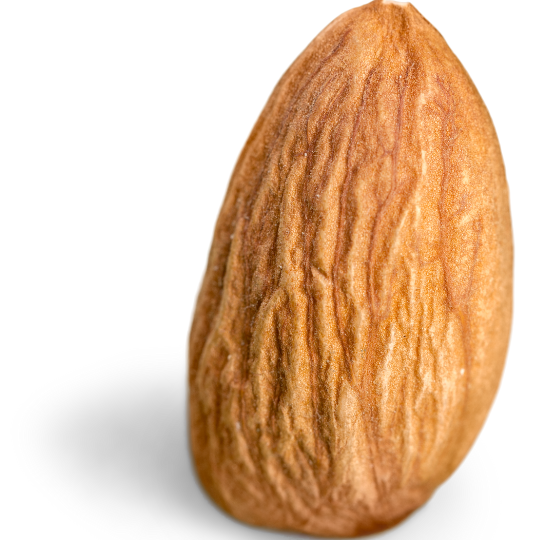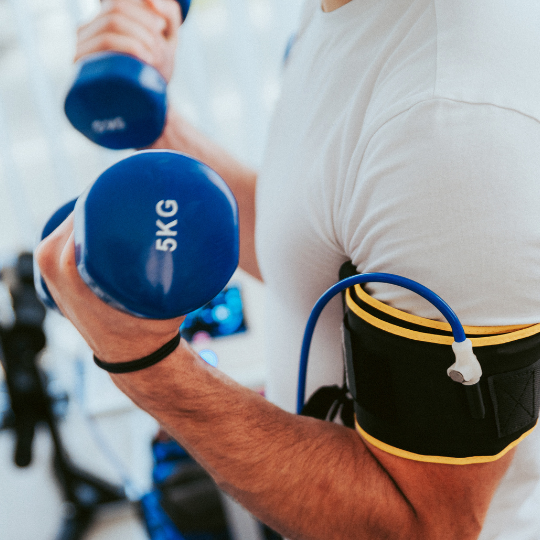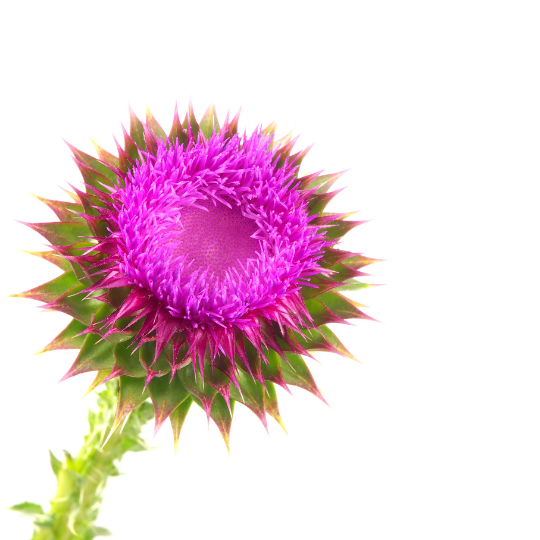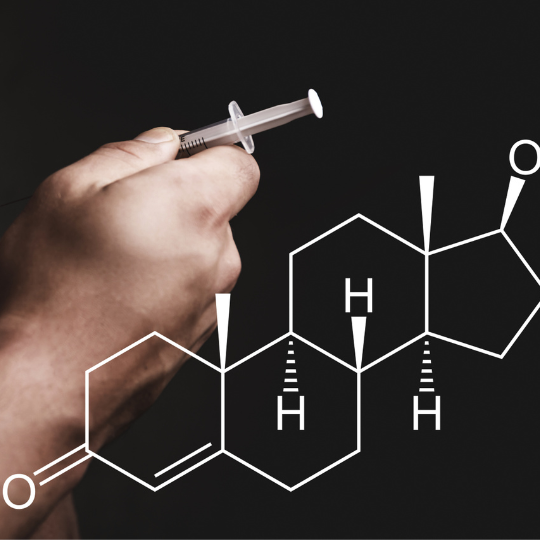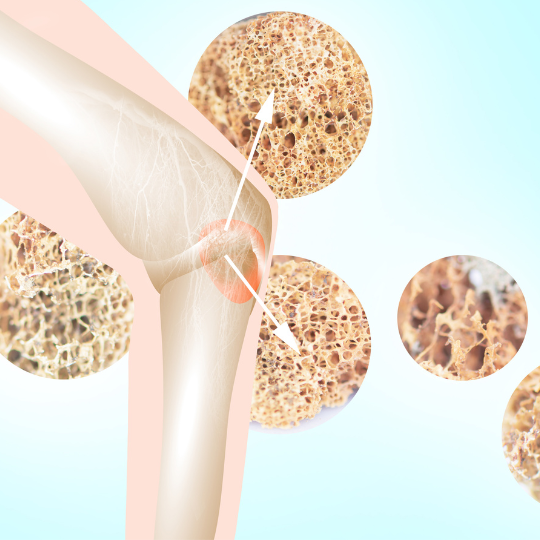Iodine is an essential mineral, which means that your body needs it to function properly and you cannot produce it on your own — you must therefore ingest it through your diet or as a supplement. Unlike nutrients such as iron, calcium or vitamins, iodine does not occur through biochemical processes undergoing in specific foods; rather, it is present in the soil and is absorbed by the foods growing on that soil.
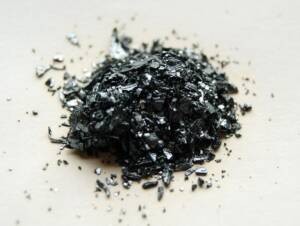
Sea life and Seaweed
Soils from mountain ranges, such as the Himalayas, Alps and Andes, and from areas with frequent flooding, are particularly likely to be iodine deficient. The problem is aggravated by accelerated deforestation and soil erosion.
As a rule, there is very little iodine in food, unless it has been added during processing, as iodized salt. Most of the world’s iodine is found in the ocean, where it is concentrated in sea life, especially seaweed.
Thyroid link
Globally, it is estimated that 2 billion individuals have an insufficient iodine intake (South Asia and sub-Saharan Africa are particularly affected). However, about 50% of Europe remains (mildly) iodine deficient and iodine intakes in other industrialized countries, including the United States and Australia, have fallen in recent years.
The recommended daily intake (RDI) of iodine is 150 mcg per day for most adults. For women who are pregnant or nursing, the requirements are higher: 220 mcg during pregnancy, rising to 290 mcg while breastfeeding.
When iodine intake is poor, the body cannot produce enough thyroid hormones. The resulting low-level of thyroid hormones is the principal factor responsible for the series of functional and developmental abnormalities, collectively referred to as IDD (Iodine Deficiency Disorders).
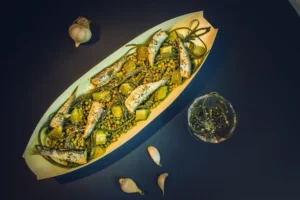
Seaweed for thyroid
Seaweed is usually a great source of iodine, but this depends on where it came from. Seaweed from some countries, such as Japan, is rich in iodine. Kombu and kelp offer the highest amount of iodine, with some varieties containing nearly 2,000% of the daily value in one gram.
Smaller amounts of iodine are also found in a variety of foods like fish, shellfish, beef, chicken, lima and pinto beans, milk and other dairy products. Alternatively, daily consumption of salt fortified with iodine is a second best strategy for prevention of IDD.
One short reminder: one of our favorite meals — Wild Life — contains enough algae to keep you on track. Also, we use Kelp and Chlorella for our detox potion, Waterworld.
